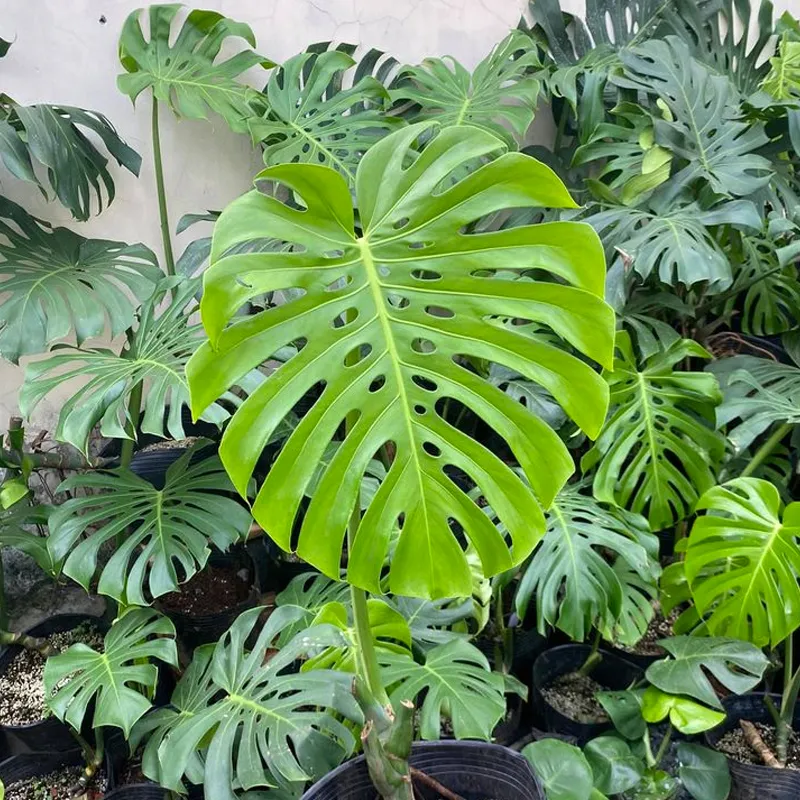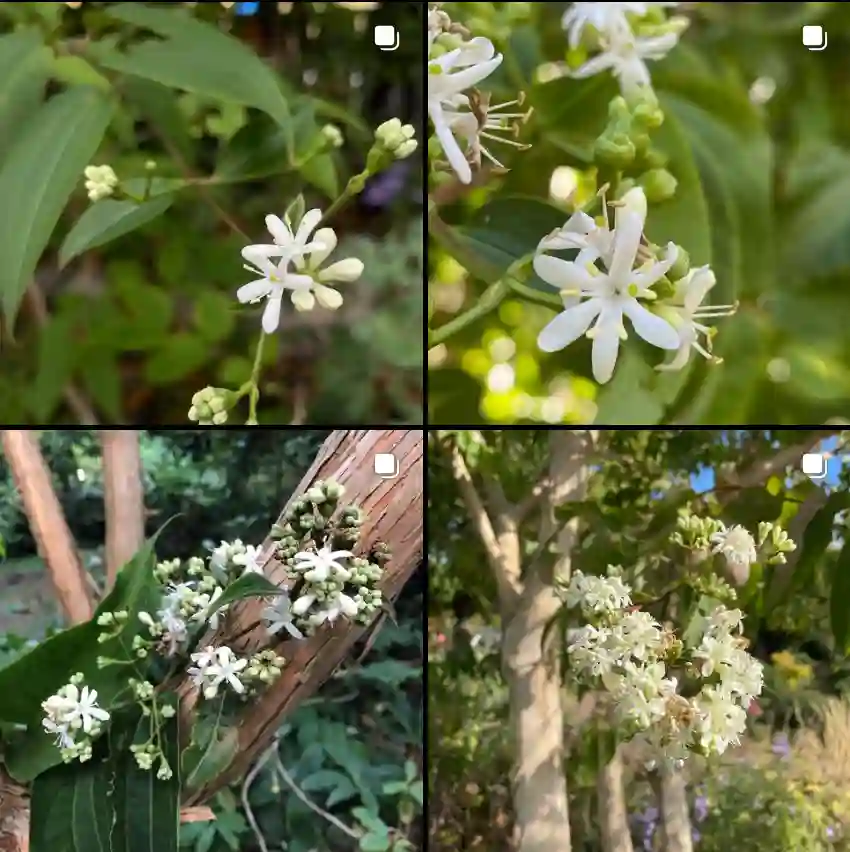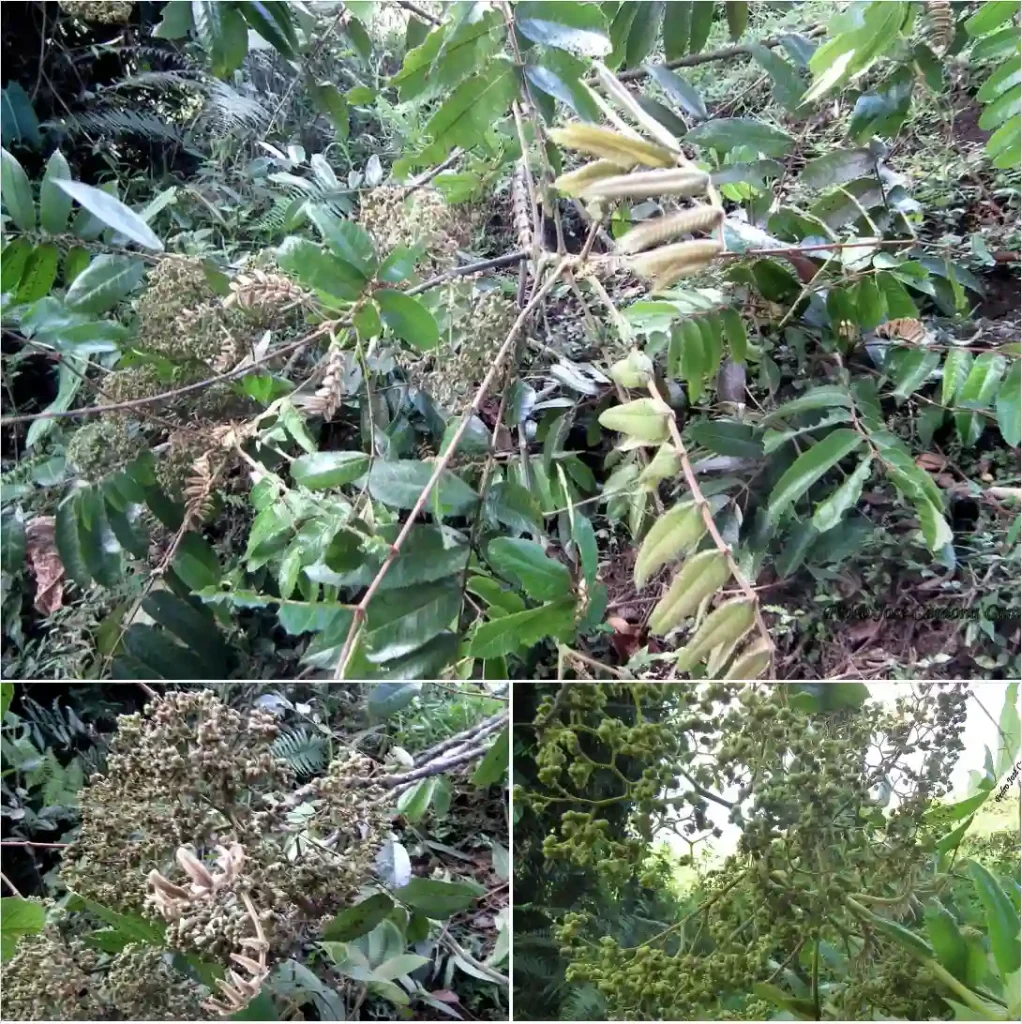The Enchanting Allure of Jasminum Grandiflorum
The intoxicating fragrance of jasmine has captivated hearts for centuries. As a passionate gardener, I’ve always been drawn to these delicate climbers, and Jasminum grandiflorum, also known as Spanish jasmine or royal jasmine, holds a special place in my heart.
This captivating vine boasts stunning, large white flowers that unfurl in the warm summer nights, releasing an intoxicating sweetness that fills the air. But beyond its beauty, Jasminum grandiflorum offers a wealth of benefits, making it a treasured addition to any garden.
202 Species in Genus Jasminum
Jasminum Grandiflorum vs Jasminum Officinale
When comparing Jasminum Grandiflorum to Jasminum Officinale, I found the former’s larger, more fragrant blooms to be a standout feature in my garden, whereas Jasminum Officinale’s smaller flowers and less intense scent made it a more subtle, yet still lovely, option.
Jasminum Grandiflorum vs Sambac
In my experience, Jasminum Grandiflorum’s robust fragrance and larger blossoms make it a real showstopper compared to Sambac, which, though also fragrant, offers a sweeter and more delicate aroma that is better suited for a more understated, intimate setting.
How to plant and care for Jasminum Grandiflorum?
Jasminum grandiflorum thrives in warm climates with full sun to partial shade. In my experience, it prefers well-draining soil and regular watering, especially during its first year. As the plant matures, it becomes more drought tolerant, but a good soaking during dry spells keeps it flourishing.
To encourage growth and flowering, I give my Jasminum grandiflorum a light feeding with a balanced fertilizer every few weeks during the spring and summer months. Regular pruning is also essential. By removing spent flowers and dead or overgrown branches, I promote bushier growth and even more blooms.
While Jasminum grandiflorum is generally considered pest- and disease-resistant, keeping an eye out for common garden issues is always wise. Mealybugs and aphids can occasionally be a nuisance. If spotted, a gentle spray of insecticidal soap usually takes care of the problem.
Beyond the Garden: The Allure of Jasmine Flowers
The captivating fragrance of Jasminum grandiflorum extends far beyond the garden. These exquisite flowers are widely used in the perfume industry, their essence captured to create some of the world’s most beloved scents.
In some cultures, jasmine flowers hold symbolic significance. In China, for example, they represent purity and love, while in India, they are associated with sensuality and beauty.
Even beyond their symbolic meaning, jasmine flowers add a touch of elegance to any occasion. Their delicate beauty and intoxicating aroma make them a popular choice for wedding bouquets and centerpieces.
Companion Planting for a Fragrant Symphony
Jasminum grandiflorum can be a stunning addition to a variety of garden settings. Here are some ideas for companion planting:
- Clematis: The vibrant blooms of clematis create a beautiful contrast against the white flowers of Jasminum grandiflorum.
- Roses: The combination of fragrant roses and jasmine creates a truly intoxicating sensory experience.
- Lavender: The purple hues of lavender complement the jasmine’s white flowers, while both plants offer delightful scents.
These are just a few suggestions, and the possibilities are endless. Experiment and find combinations that resonate with your personal style and the overall aesthetic of your garden.
How to propagate Jasminum Grandiflorum?
The joy of Jasminum grandiflorum can be easily shared through propagation. There are two main methods: stem cuttings and layering.
Stem cuttings are a straightforward approach. Take a healthy stem with a few nodes, remove the lower leaves, and plant it in a pot filled with moist potting mix. Keep the soil damp and provide indirect sunlight. With a little patience, roots will develop, and you’ll have a new jasmine plant on its way.
Layering involves encouraging root growth on an existing stem while it’s still attached to the mother plant. Make a shallow cut on a lower branch, apply rooting hormone, and bury the section in moist soil. Once roots form, you can sever the connection with the mother plant and transplant your new Jasminum grandiflorum.
With a little care and attention, Jasminum grandiflorum will reward you with years of beauty and fragrance. It’s a truly special plant that adds a touch of magic to any garden.
If i die, water my plants!



